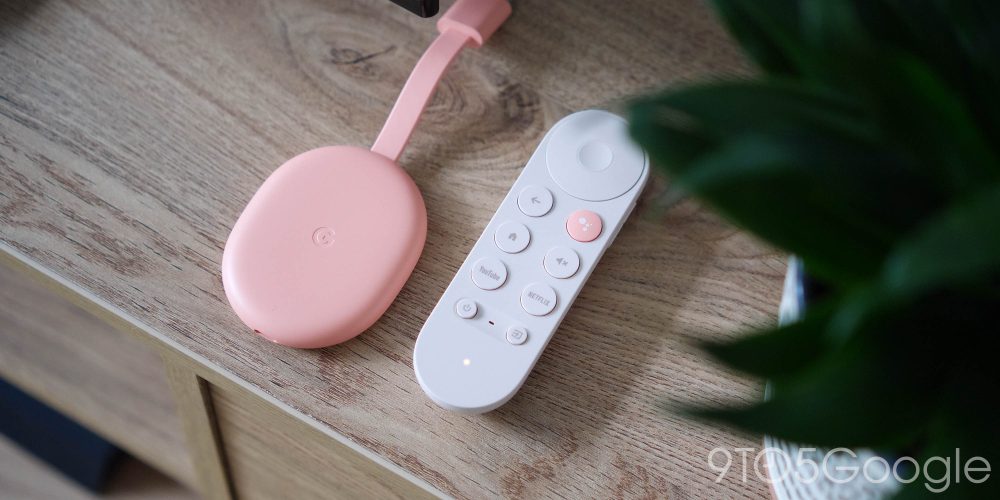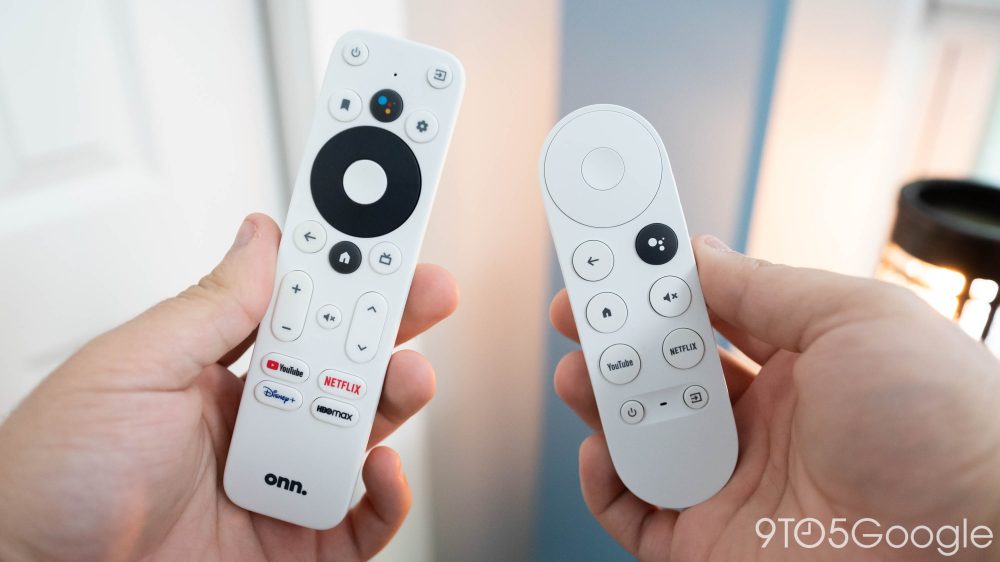The $50 Chromecast with Google TV was a great launch vehicle for Google’s latest attempt at offering a streaming platform, but as it enters 2022, the affordable device’s flaws are being felt by more people. As we reported last week, Google is working on another Chromecast device, but one that’s even more on the low end — here’s why we’d rather see a “flagship.”
Quickly recapping the past few days, we reported on Friday that Google is working on a new Chromecast device that carries the codename “Boreal.” The device, which we have said is set to launch this year, would be in the same family as the current Chromecast, “Sabrina” running Google TV.
Today, the folks over at Protocol added to the picture, reporting that “Boreal” will be a cheaper Chromecast model that removes 4K support to lower its cost of entry.
Google TV needs an example to turn to…
…And the current Chromecast isn’t it
Google TV is a platform that’s expanding quickly – the Android TV OS that it’s based on grew by over 30 million devices in under a year, and TCL says it sold over 10 million units last year alone. The Chromecast is what kicked off that trend, and it really did kick things off on a high note. The affordable, but not overly cheap hardware was enough to sufficiently show what Google TV was capable of and be a solid content vehicle for most people.
But it’s not the ideal showcase for an example other manufacturers should aspire to match or even beat. The Chromecast has its limitations, and they’re not ones that can be fixed by an even cheaper product.
The biggest issue, which we’ve been pretty vocal about, is the horribly limited storage that can’t be easily expanded. 8GB of storage just isn’t enough for a home streamer that’s literally designed to consolidate streaming apps as more and more keep coming to market. And this is a problem that a cheaper product simply will not solve. It simply isn’t feasible to think that a device running on lower-end hardware and set to sell for a lower price will have more storage, and it’d be unlike Google to include something like a microSD card slot to easily expand that storage.
Storage, performance, and HDR
are problems that a cheaper product
simply can’t solve
The other big hiccup that the current Chromecast with Google TV has faced is with performance, in a variety of areas. The onboard chip and 2GB of RAM run smoothly enough for streaming videos, but the homescreen often lags, and slowdowns elsewhere are far from uncommon. This is, again, something a lower-end device can’t solve. According to the latest report, “Boreal” will have an Amlogic S805X2, as opposed to the Amlogic S905X3 in the current model. These chips aren’t really all that different, but going from a 1.9GHz clock speed down to 1.2GHz with a less powerful GPU doesn’t really sound like a recipe for success, even if 4K output is being removed from the picture.
Elsewhere in performance, there have been so many hiccups with how the Chromecast handles HDR, Dolby Atmos, and other standards. You don’t have to go far to find people having problems with the Chromecast in their specific setups, even if many others are happy with the product overall.

What does a ‘flagship’ Chromecast look like?
Let’s say Google did make a flagship Chromecast, what might that bring to the table? Imagining that it’s not a prohibitively expensive product – $100 – there’s a lot of room for Google to improve the product overall.
First and foremost, there’s the storage issue. Doubling the price tag would leave Google with no excuse for including anything less than 16-32GB of storage. Should Google go for more of a streaming box form factor, like the Shield TV or Apple TV, a spare USB port for easy expansion probably wouldn’t be out of the question either.
On the note of additional ports, I’d love to see a device with two to four full-size USB ports to enable this device to act as a “console” for cloud gaming. While most folks use Bluetooth controllers anyway, having a few built-in ports opens the door to services such as Stadia and Xbox Game Pass (if Microsoft ever gets around to releasing proper Android TV support) to use super-affordable controllers for local multiplayer.
Something else that would be great to see, and expected in a “flagship” Chromecast, would be more horsepower. This would help with general UI performance and that of apps, as well as provide a bit more leeway for the standards that the current device struggles with. Those, however, really come down to Google’s software and the work of app developers.
At our imaginary $100 price, it would not be feasible for Google to throw a Tensor chip in this device, but Google can do far better than it currently does. Amlogic’s widely used S905X04 chip would offer better performance and support for AV1 that the current Chromecast lacks. Alternatively, MediaTek offers many different chips that are used on Android TV, and they’d also be up to the task. Google needs to strike a balance on this device. Having something that directly competes with the Nvidia Shield TV or Apple TV 4K would be great, but it would also be prohibitively expensive for a lot of people.
Lastly, I’d love to see Google go for a more premium remote. The current Chromecast’s remote is comfortable to use and simple with its layout, but a “flagship” version could adopt better build materials, perhaps a metal remote, or at least something closer to the reference design we looked at last year and, frankly, preferred over Google’s. This improved remote could also offer a few more buttons that could be mapped to smart home controls, something that Google said was a focus for the platform in 2022.

But at the same time, a cheaper Chromecast will do well
I could go on and on about why I’d rather see a truly high-end Google TV streamer from Google, but the truth is, a cheap model will probably be a smash hit on the whole for Google.
If the company can land on a price point of around $25-30, it’ll make a killer impulse-buy product and probably kill off the old, remote-less Chromecast lineup for good — it’s finally time to say goodbye to that product.
A Google TV device that cheap could also really give Amazon’s Fire TV Sticks and the various super-cheap Roku streamers a run for their money, if executed well.
Plus, it’s important to look at the market for these super cheap streamers. Nearly every new TV sold is a smart TV, with access to apps already built-in. Most people buying a streaming dongle are buying it for an older smart TV that’s no longer being updated, a much older TV that doesn’t have smart features at all, or to replace the OS they already have.
Outside of the US is where this product will probably do even better, as Android TV OS products are very popular in some international markets, especially in Asia and India, but there aren’t very many Google TV devices, just one from Realme comes to mind.
“Boreal” may not be the new Chromecast we want, or the flagship Google TV needs, but it’s one that will certainly sell a whole lot of units.
Still, one can hope for a high-end Chromecast… eventually.
More on Google TV:
FTC: We use income earning auto affiliate links. More.














